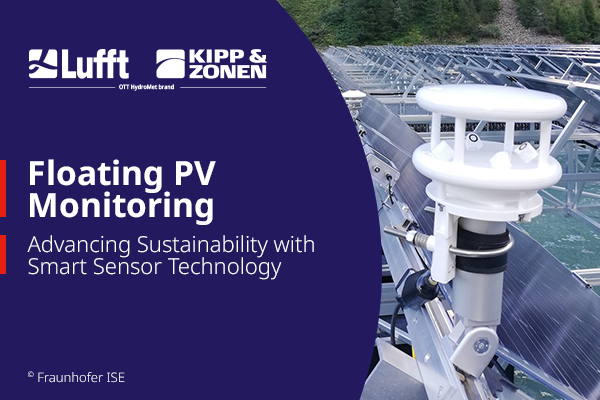Autumn and winter not only bring poor road conditions caused by precipitation, wet leaves and icing, but also limited visibility caused by due to fog, rain, snow, dust, or smoke. Accidents often result when car drivers are unable to recognize the vehicles ahead of them quickly enough to respond in time by braking. Lufft visibility sensors can help to avoid many of them…
Photo Credit: lassedesignen – Fotolia.com
Autumn and winter not only bring poor road conditions caused by precipitation, wet leaves and icing, but also limited visibility caused by due to fog, rain, snow, dust, or smoke. Accidents often result when car drivers are unable to recognize the vehicles ahead of them quickly enough to respond in time by braking.
Adopting just a few simple habits can reduce the risk of a traffic accident significantly. “See and be seen” – that should be your motto. When visibility is limited, you should turn on your low beams so that other drivers can see you coming more quickly. You also need to make sure that your headlights are not dirty or covered by leaves and snow. Another important rule is: Adjust your speed. There can be a traffic jam or slower vehicle just around the next curve in the road. Your risk of slipping and sliding on the road also increases when there’s fog or snow. That’s why it’s important to adjust your speed to the actual road conditions. If fog has cut down your ability to see more than 50 meters (150 feet) ahead of you, you should be driving no faster than 30 mph. This is the only situation when you should be using your high beams because they would blind the oncoming traffic if visibility were better. Fog lights may be switched in fog, rain or snow even if you can see more than 150 feet.
Road-control installation – German Autobahn A8 near Stuttgart
Integration of Lufft Visibility Sensor VS20-UMB
Heed any fog warnings you might see on motorways and limit your speed accordingly. Many such systems are able to switch on/off automatically because they are connected to visibility sensors on the roadways. Lufft makes two models of these sensors. The VS20-UMB Visibility Sensor is available in two versions offering precise measurement of visibility of up to 2,000 and 3,000 meters (between 1-2 miles), respectively. The digital UMB protocol allows the sensor to connect to a data logger. Both available models work with the forward-scatter measurement principle. Many traffic control systems on the German Autobahn are equipped with these Lufft sensors. The second visibility sensor has a measuring range of up to 16 km (10 miles), while 3,000 meters (about 2 miles) is usually sufficient for traffic control purposes. This model can be connected via an interface to the OPUS GMA module data logger. More information about the visibility sensors can be found here.




